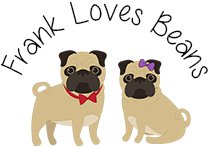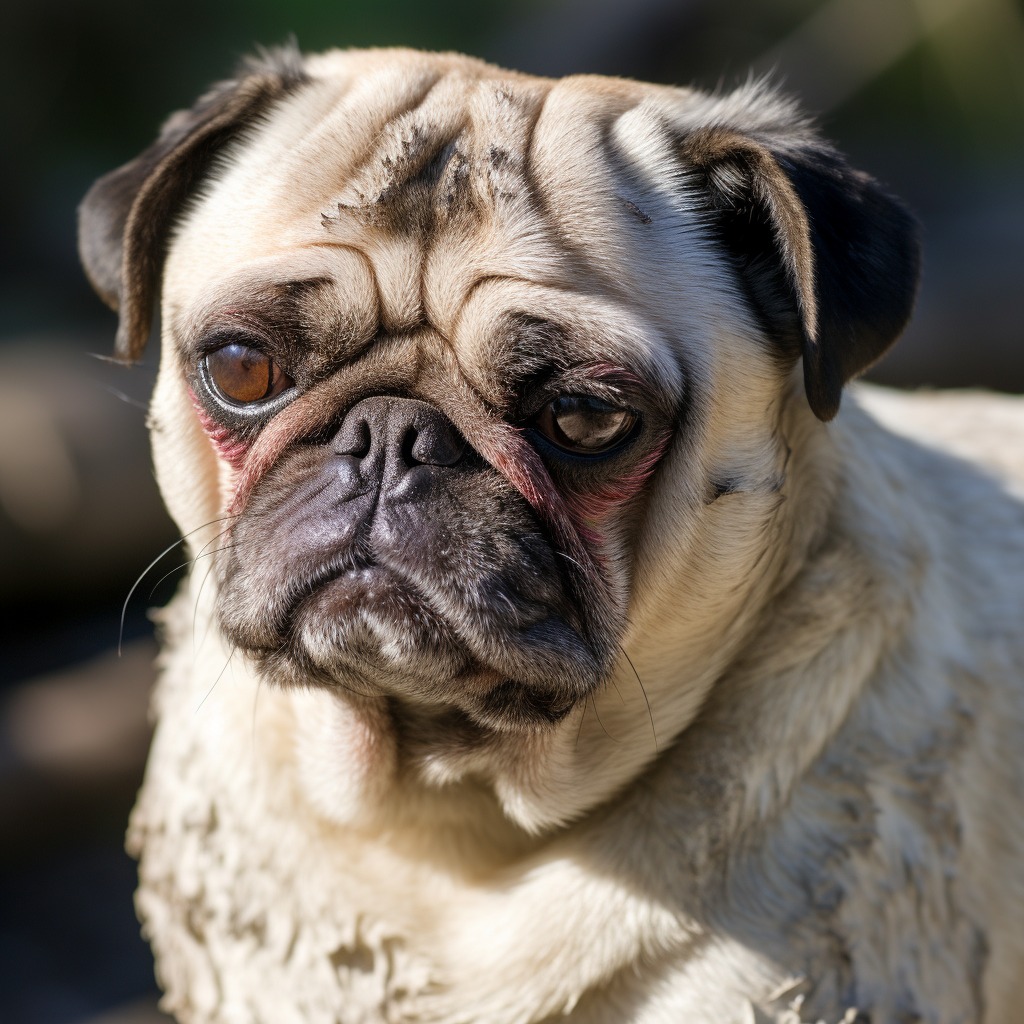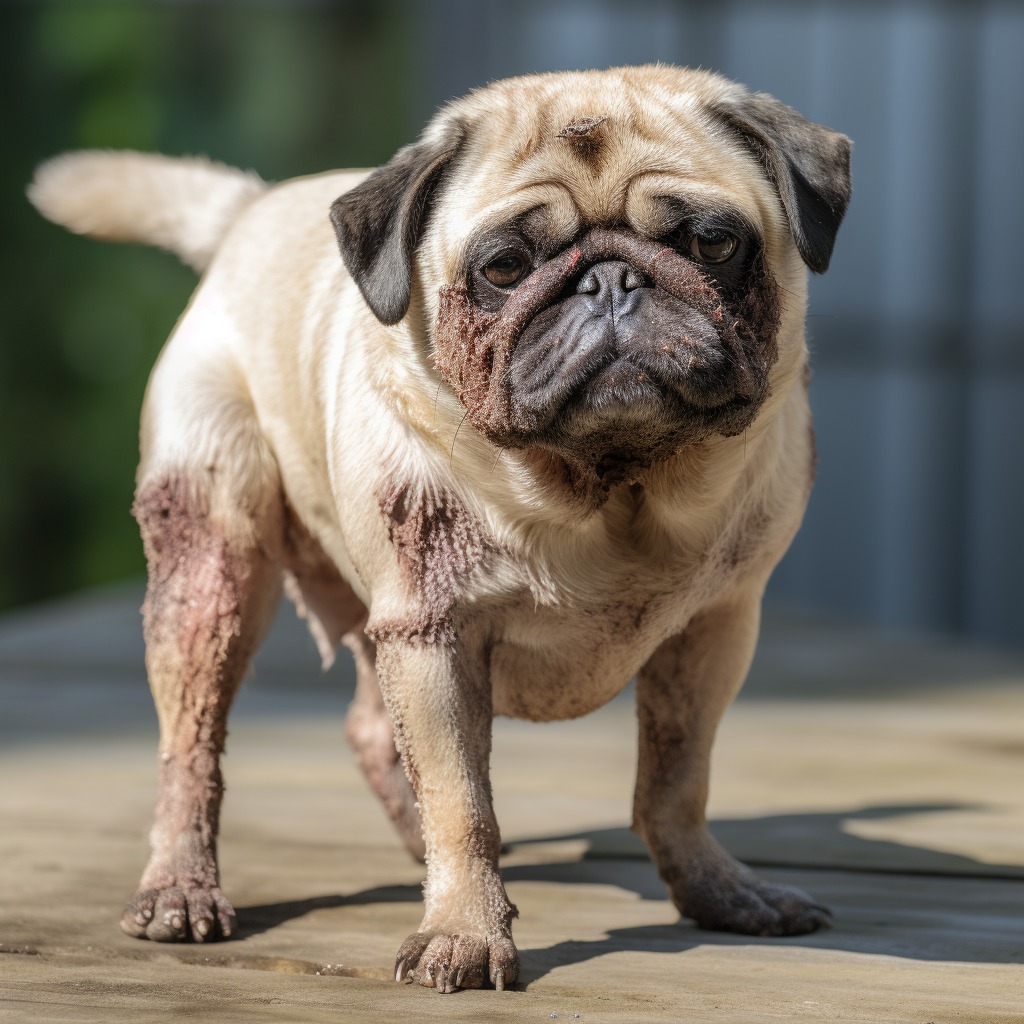
Understanding Pug Hair Loss: Causes, Treatment, and Prevention
If your pug is experiencing hair loss or bald spots in any way, I am sure you are concerned! In this article, we will explore various aspects of pug hair loss, including its causes, treatment options, and preventive measures. Let’s delve into the world of pug alopecia and discover ways to maintain your pug’s healthy coat.
Pug Alopecia: Unraveling the Mystery of Hair Loss in Pugs
Pug alopecia, or hair loss, can manifest in various forms, such as bald patches on the body, facial hair loss, or even tail hair loss. While hair loss can occur in pugs of any age or gender, it’s important to identify the underlying causes to determine the appropriate course of action.

Pug Bald Spots: Understanding the Causes
Pug bald spots are a common concern among owners. Several factors can contribute to these hairless patches, including:
- Allergies: Pugs may experience hair loss due to allergic reactions to certain foods, environmental allergens, or flea infestations.
- Skin Conditions: Skin conditions like mange, ringworm, or folliculitis can lead to hair loss in pugs.
- Diet and Nutrition: Poor diet or nutritional deficiencies can affect the overall health of a pug’s coat, resulting in hair loss.
- Hormonal Imbalances: Imbalances in hormones, such as hypothyroidism or Cushing’s disease, may contribute to hair loss in pugs.
- Stress or Anxiety: Pugs are sensitive beings, and excessive stress or anxiety can potentially trigger hair loss.

Pug Hair Loss Treatment Options: Restoring Your Pug’s Coat
Fortunately, there are several treatment options available to address pug hair loss:
- Veterinary Consultation: If you notice significant or persistent hair loss in your pug, it’s crucial to consult a veterinarian. They will conduct a thorough examination and recommend the most suitable treatment.
- Medications: Depending on the underlying cause, your vet may prescribe medications, such as antihistamines, antibiotics, or hormone therapies.
- Diet and Nutrition: Ensuring your pug receives a balanced and nutritious diet is essential. Incorporating high-quality dog food and supplements can support their coat health.
- Regular Grooming: Regular brushing and grooming help stimulate blood circulation and distribute natural oils, promoting a healthy coat in your pug.
- Environmental Management: If allergies are the cause of hair loss, taking measures to reduce exposure to allergens and maintaining a clean living environment can be beneficial.
Preventing Pug Hair Loss: Promoting a Healthy Coat
Taking proactive steps to prevent hair loss in pugs is essential. Consider the following measures:
- Balanced Diet: Feed your pug a well-balanced diet rich in essential nutrients, vitamins, and minerals. Consult your vet to ensure their specific dietary needs are met.
- Regular Veterinary Check-ups: Schedule regular check-ups with your veterinarian to monitor your pug’s overall health, including their skin and coat condition.
- Stress Management: Create a calm and supportive environment for your pug, minimizing stressors and providing ample mental and physical stimulation.
- Quality Grooming: Regularly groom your pug, keeping their coat clean and free from tangles. Be gentle and use appropriate grooming tools suitable for their sensitive skin.
- Allergen Awareness: Identify potential allergens that may affect your pug and take measures to minimize their exposure.
Hair loss can be a concern for pug owners, but with proper understanding and care, it can often be managed effectively. By identifying the underlying causes, seeking veterinary guidance, and adopting preventive measures, you can help maintain a healthy and lustrous coat for your beloved pug. Remember, a little extra attention and care go a long way in keeping your pug looking and feeling their best.

Leave a Comment